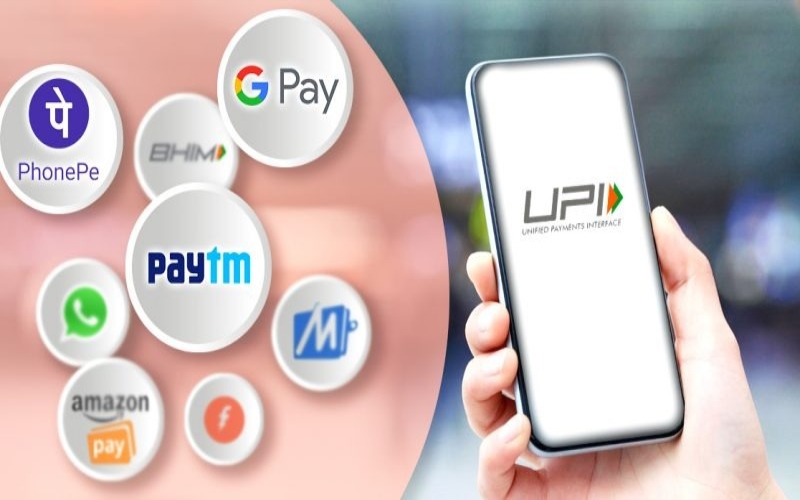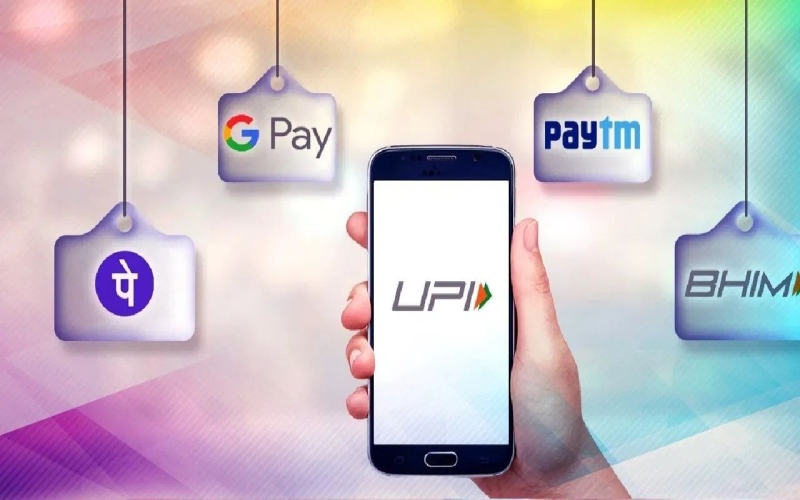| upi pay india
upi lite payment app bhim upi |
1
3 2 |
The rise of digital payment solutions has revolutionized India’s financial ecosystem, creating a bridge between urban sophistication and rural simplicity. Among the various technologies, Unified Payments Interface (UPI) stands out as a game-changer, facilitating seamless transactions across the nation. Online UPI payment apps have emerged as key players in narrowing the urban-rural divide, empowering millions of Indians with instant and secure financial transactions.
The Growth of UPI in India
Over the years, UPI has witnessed exponential growth, transforming from a niche innovation into a mainstream financial tool. Today, it enables users to link their bank accounts to a mobile application and perform real-time transactions. With its ease of use and minimal dependency on infrastructure, UPI has become an essential element of India’s digital economy.
Online UPI payment apps and government-backed BHIM UPI have played a pivotal role in popularizing this technology. These apps have made digital payments accessible to people across economic strata, allowing them to transfer money, pay bills, and make purchases with just a smartphone.

Bridging the Urban-Rural Divide
India is a nation of contrasts, with urban centers thriving in technology while rural areas often grapple with limited access to financial resources. The advent of UPI pay India solutions has significantly reduced this disparity, offering rural populations unprecedented access to digital financial services.
1. Increased Financial Inclusion
Traditional banking systems often struggle to reach remote villages due to logistical challenges. However, UPI’s digital-first approach has eliminated these barriers. Rural users can now access their bank accounts through UPI-enabled apps without needing to visit a branch. This shift has expanded financial inclusion, bringing millions into the formal financial system.
2. Ease of Transactions
For many rural Indians, UPI Lite payment apps have made digital transactions more manageable. UPI Lite focuses on low-value transactions, catering to users who may lack advanced technological skills or face connectivity issues. With this simplified solution, even those in areas with inconsistent internet coverage can perform secure transactions, fostering trust in digital payments.
3. Empowering Local Businesses
UPI has also bolstered local economies by empowering small businesses in rural areas. Street vendors, shopkeepers, and artisans now accept payments through UPI apps, reducing their dependence on cash. This shift not only enhances their income potential but also integrates them into the broader digital economy.
4. Government Initiatives and Support
The government’s push for a digital India has further fueled the adoption of UPI. Initiatives like the BHIM UPI app have encouraged rural populations to embrace digital payments. BHIM UPI, designed with user-friendly interfaces and multilingual support, has been instrumental in educating and enabling rural users to transition to a cashless lifestyle.
Challenges and Overcoming Them
While UPI has made remarkable progress, its journey toward bridging the urban-rural divide has not been without challenges. Connectivity issues, digital literacy, and cybersecurity concerns remain significant hurdles. Many rural areas still lack stable internet access, hindering seamless usage of UPI apps.
However, these challenges are being dealt with through innovations. For instance, UPI Lite payment apps are designed to function offline for low-value transactions, ensuring accessibility even in areas with limited network coverage. Moreover, financial literacy campaigns by banks and payment app providers are educating users about digital payment systems, fostering confidence in their use.

Cybersecurity is another area of concern, especially as digital transactions become more widespread. UPI apps are incorporating advanced encryption and two-factor authentication mechanisms to safeguard users against fraud, ensuring the trust of both urban and rural populations.
The Impact of UPI on Rural India
1. Empowering Women Entrepreneurs
UPI apps have particularly benefited women entrepreneurs in rural areas. With easy access to financial services, women can now manage their businesses more efficiently, receive payments digitally, and expand their customer base. This empowerment is fostering economic independence and contributing to the overall development of rural communities.
2. Seamless Access to Government Subsidies
The government has used UPI to distribute subsidies and benefits directly to citizens. This Direct Benefit Transfer (DBT) mechanism eliminates intermediaries, ensuring timely and transparent delivery of funds. Rural citizens can now receive and utilize these benefits without the challenges of traditional banking.
3. Reduction in Cash Dependency
Rural areas have traditionally relied heavily on cash for transactions. UPI’s rise has gradually shifted this dependency, promoting a cashless economy. This transition not only enhances transparency but also reduces the risks associated with cash handling.
4. Boosting Financial Discipline
With the availability of digital payment records, rural users are gaining insights into their spending patterns, encouraging financial discipline. This awareness is crucial for fostering a culture of savings and investments, which can have long-term benefits for rural households.
Conclusion
Online UPI payment apps have undoubtedly transformed India’s financial ecosystem, creating a digital bridge between urban and rural populations. Through innovations like UPI Lite payment apps, the divide is gradually narrowing. These solutions are empowering individuals, enabling businesses, and driving financial inclusion across the nation.
As UPI continues to evolve, companies like Bajaj Finserv are poised to play a significant role in this transformation. Bajaj Finserv is fostering a more inclusive and digitized India by providing innovative financial products and services. Together with UPI, these efforts will ensure that every Indian, regardless of geography, has access to the benefits of a digital economy.
